Scotland on Sunday Wishlist Travel: Journey through Cuba with artists and writers
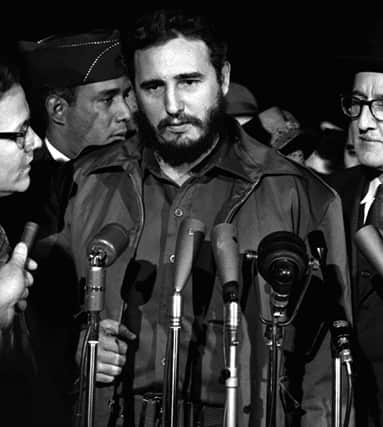

There are many different faces of Cuba, captured often in images. Old Havana, the decaying colonial city, once the meeting point of Europe and the Americas, is now a UN Heritage site. It has been partly restored in recent years, but much of the city still suffers from decades of neglect.
There is the Cuba of sugar and slavery. Nearly a million slaves were transported in chains across the Middle Passage by European merchants to labour in the brutal conditions of the canefields.
Advertisement
Hide AdAdvertisement
Hide AdThere is the universal image of Che Guevara, whose words cover the walls of Cuba´s cities and towns. But today his presence is matched by the name and face of José Martí, the young revolutionary poet, and author of "Guantanamera" who led the war of independence from Spain but did not survive to see its outcome. He was killed in the first battle of the war, but remains the symbol of Cuban nationhood.
Ms Tobacco and Mr Sugar
Christopher Columbus landed on the islands of the Caribbean in October 1492 - and disembarked in Cuba the following year. He found the islands already colonised by 130,000 Arawaks who had arrived a century earlier from what is now Venezuela. In a letter to the Spanish monarchs he described the natives as gentle and welcoming. But he did not find the gold he had promised to bring back.
The Indians resisted the forced labour demanded by the Spanish, and rebelled under their leader Hatuey. He was burned at the stake, but his name is commemorated in the local beer.
Cuba became Spain´s richest colony, but its wealth came not from gold, but from sugar and the strange leaves the indians smoked - tobacco. Cuban cigars rolled by hand, as they still are in Havana´s cigar factories, became symbolic of wealth itself across Europe, and later in the US.
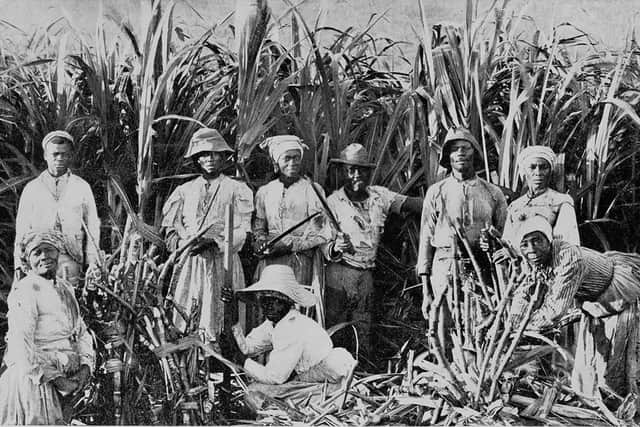

While tobacco is a delicate leaf that demands careful treatment and the moist soil of western Cuba, around Pinar del Rio, sugar is tough and hard and grows mainly in the east of the island, under intense tropical heat, cut down by slaves wielding their machetes under a foreman´s whip. ar was the centre of the Cuban economy throughout its history, though in recent times production has declined.
By the 19th century Cuba was the world´s leading producer of sugar. The neighbouring island, Saint-Domingue - today Haiti - had occupied that role until the slave insurrection of 1799 threw out the French and laid waste to its sugar plantations in a revolutionary war. Many of the French colonists escaped to eastern Cuba, where they left their mark in the architecture and the music of Oriente province.
The Americanisation of Cuba
The fear of the colonists that the Haitian insurrection might be repeated in Cuba produced harsh repression of any black resistance; and they were also unwilling to give up control of a profitable sugar industry. Spain held on to its last American colony until 1898, crushing all resistance until the mainly black armies of independence finally won. Slavery had only been abolished seventeen years earlier, in 1881.
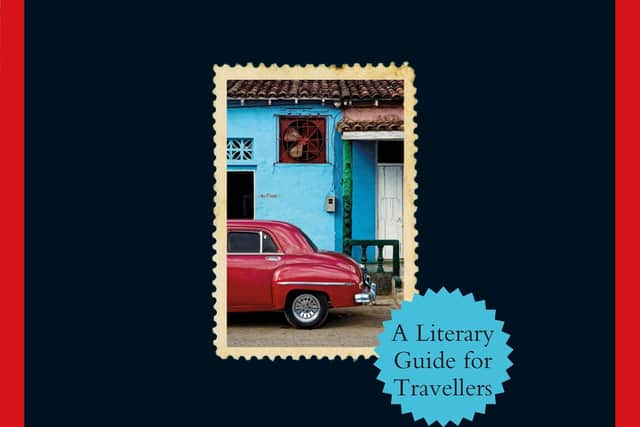

But it was a hollow victory. The US had long had its eye on Cuba´s sugar lands, and it took control of Cuba just as Spain faced defeat. An American governor was imposed who took over the police and customs services and a new Cuban constitution conceded Guanánamo Bay to the US on a 99-year lease. Today it hosts a notorious US prison.
Advertisement
Hide AdAdvertisement
Hide AdIn 1919 the Volstead Act launched the Prohibition era, the Mafia turned their attention to Cuba, where they could launder the money from their speakeasies and launch a gambling industry under the benevolent eye of the dictatorial and unpopular president Machado (1920-28).
Machado and his successor Fulgencio Batista welcomed the Mafia banker, Meyer Lansky, who opened luxury hotels, casinos, brothels and bars in Havana. In Varadero, now Cuba´s main holiday resort, American millionaires, like the powerful Dupont family, built their extravagant mansions - some of which are now hotels.
Havana became a playground for American tourists looking for sex and alcohol, both of which were freely available. Hollywood celebrities welcomed arrivals at the Capri and the Hotel Nacional - they still retain the atmosphere of those days.
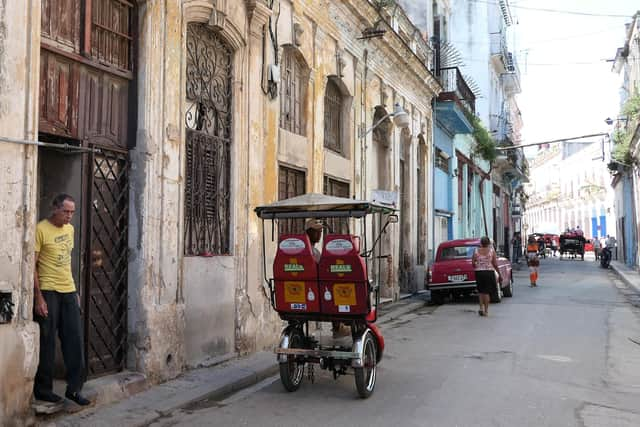

This was still the Havana of the Fifties where Wormold, the vacuum cleaner salesman of Graham Greene´s novel Our man in Havana, knocked back his daily daiquiri at the famous (and recently restored) Sloppy Joe´s bar.
Revolution
The corrupt regime of Fulgencio Batista remained loyal to Washington but did few favours for the Cuban people. On December 31st 1958, he fled Cuba. On January 1st 1959, a guerrilla army led by Fidel Castro and Che Guevara marched into Havana and announced the revolution. Large US-owned estates and the US-owned utilities like electricity and telephones were taken over by the state.
The Cuban Revolution inspired revolutionary movements across Latin America, and challenged the control of Cuban affairs exercised from Washington.
The Eisenhower White House rapidly announced an economic blockade of the island, designed to bring Cuba to its knees. Half a million Cubans -- the wealthier classes and those who had served Batista escaped to Miami, where the Cuban community was and is deeply hostile to Castro.
Tourism stopped overnight and Cuba found itself under siege. A US-backed invasion force landed at the Bay of Pigs in April 1961, and in October 1962 the world trembled on the brink of nuclear warfare over Russian missile sites on the island (as depicted in Oliver Stone´s film "Thirteen Days").
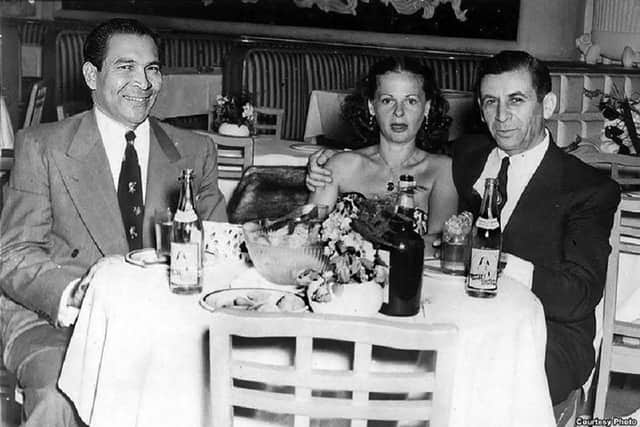

Black Cuba
Advertisement
Hide AdAdvertisement
Hide AdThe descendants of the slaves make up the poorest and most marginalised 50% of the Cuban population. They were denied a voice, but they spoke through their music and their resistance.
The hope was that the 1959 revolution would address the racism that still prevailed. Cuba´s leading black poet, Nicolas Guillén, expressed his optimism about the revolution in his famous poem "Tengo" (I have), which begins
"When I see and touch myself/ I Juan with nothing only yesterday,/ and Juan with everything today..."
Yet even though black culture has been tied to the revolution, racial inequality is still marked in Cuba.
Since 1959 every occupant of the White House (with the exception of Obama) has vowed to bring down the Cuban Revolution. But it survived. When the Soviet Union removed its economic support in 1986, however, Cuba faced its deepest crisis.
The solution, in part, was to open the island to tourism - which remains its main source of income. The elderly musicians of the Buena Vista Social Club have won a new audience for Cuban music, together with the new worldwide enthusiasm for salsa, born from the black music of Cuba´s ´wild east´.
Today, new voices have made it possible to see Cuba through its own eyes. Leonardo Padura Fuentes´s detective Mario Conde guides the reader through the reality of Havana while Pedro Juan Gutiérrez´s "dirty realism" in his his Dirty Havana Trilogy trawls through the city´s undergrowth.
But through it all Cuba, the pearl of the Caribbean remains, in the words of her most famous 19th century poet José María Heredia, "full of living light".
Advertisement
Hide AdAdvertisement
Hide AdCuba: A Literary Guide for Travellers by Mike Gonzalez (Tauris Parke) is published on 1st April 2021. Available at Bloomsbury.com and at all good bookshops.
Mike Gonzalez, a historian and literary critic, is emeritus professor of Latin American studies at the University of Glasgow.
